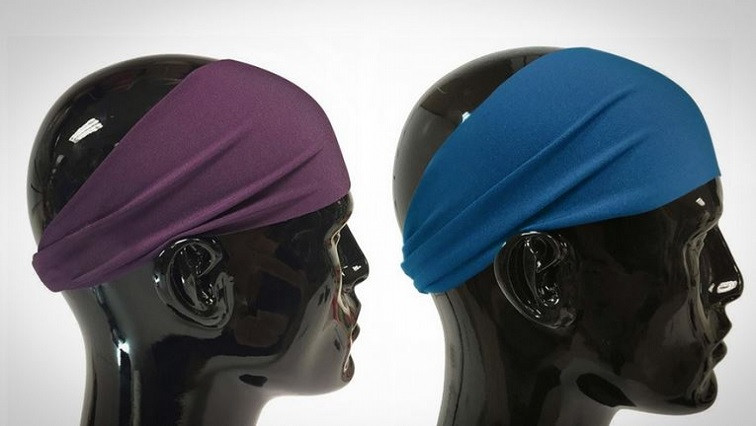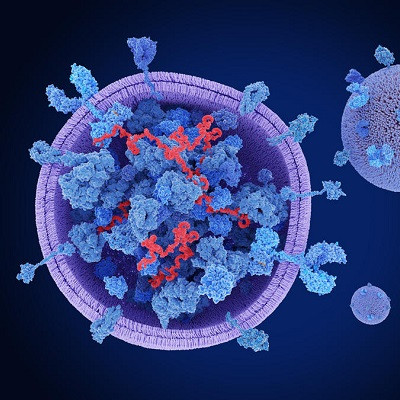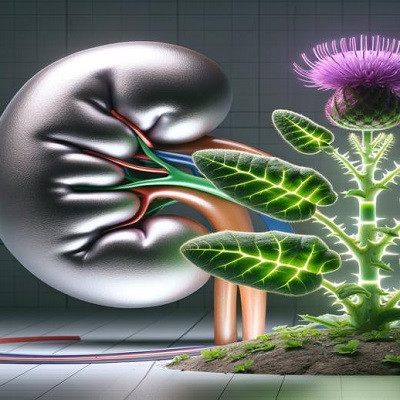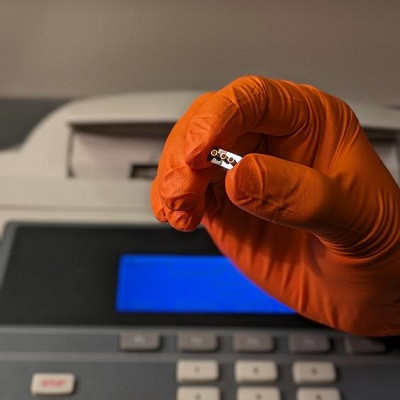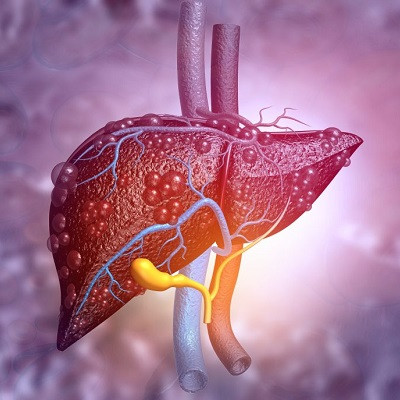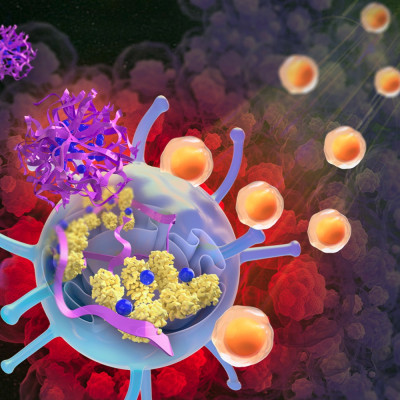Wearable sensors are commonly placed on human skins for monitoring the physiological activities of human body without the need for external devices. In a research which was conducted by researchers from Bu Ali and Baqiatollah universities, a wearable potentiometric sensor was presented for the instantaneous measurement of sodium ions in human sweat samples.
“Control of sodium ions concentration is a suitable indicator for diagnosing dehydration of athletes bodies. Na0.44MnO2 nanostructure was used in wearable sensor due to its ability to interact with sodium ions, electrical conductivity, stability and low manufacturing cost” Dr. Madrakian, faculty member of Bu Ali university said.
The sensor can send data of sodium ion concentration to a mobile phone in real time. This wearable sensor can be used for non-invasive measurement of sodium ion in human sweat for health care and disease diagnosis purposes. The instantaneous concentration of this ion provides important physiological information about the body's function to specialists in order to make more sensible decisions about treatment or nutrition.
Currently, commercialization process of this product is being undertaken by Bu Ali and, Baqiatollah universities. Unlike the voltammetric and amperometric methods, wearable sensors based on the potentiometric method are easily converted into portable devices. Therefore, the wearable sensor responds selectively to sodium ions, and interfering ions cannot disrupt responses of sensors.
Sodium ion can be used to diagnose general health, monitor heat stress, and diagnose various diseases such as hyponatremia and cystic fibrosis. Therefore, determining the level of this ion in sweat is necessary in order to provide important data for clinical diagnosis.
Read the original article on INIC.

